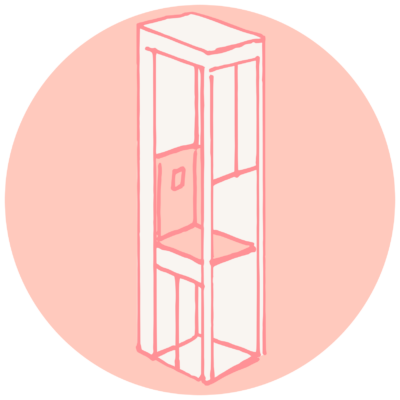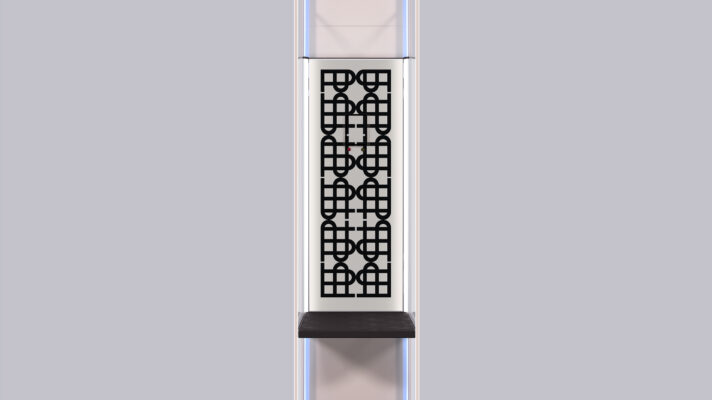Platform Lifts - How Do They Work?
SWIFT is a so-called platform lift type of elevator. A platform lift is considered one of the safest and most dependable lift types available. Its design incorporates multiple built-in safety features, including mandatory double safety brakes and safety edges that help prevent accidental pinching or injury. Below is essential information about platform lifts, how they operate, and the standards they follow.
Platform Lifts Have No Cabin or Basket
Unlike traditional elevators with enclosed cabins, a platform lift elevator uses a simple platform that travels up and down along guide rails within an enclosed shaft. This open design enhances the user experience, especially in tight spaces—often found in private residences using a platform lift for home purposes.

Platform Lifts Follow Simpler Regulations
Platform lifts fall under the European Machinery Directive—a streamlined set of rules compared to the European Lift Directive for conventional elevators. Requirements include limited travel speed and the need to keep buttons pressed during operation. These measures ensure both a safe and smooth platform lift experience.
Screw-and-Nut Technology is Most Common
Most platform lifts use the reliable screw-and-nut drive system. An electric motor turns a nut along a threaded drive screw, moving the platform efficiently and quietly. Alternatives like hydraulic or chain drives are louder and prone to leaks, making screw-driven systems the preferred option for platform lift elevators.
Platform Lift – An Extremely Safe Choice
Safety is a standout feature. Built-in protections include dual emergency brakes, safety edges, emergency openers, and battery backups for power failures. For decades, platform lifts have been used in public facilities—schools, stores, and more—thanks to accessibility laws enforcing reliable platform lift elevator solutions.
Ideal for Buildings with 2–6 Floors
Platform lifts are most practical in buildings up to six stories (15–20 meters). They typically support 250–1000 kg loads and offer various sizes to fit different structures. This makes them especially well-suited for domestic and residential use, including platform lifts for home installations.
Advantages of Platform Lifts
- All-inclusive shaft built from modular glass or panel blocks, saving on construction costs.
- No need for a machine room, pit, or redundant safety space.
- Easier to install than hydraulic or rope-based lifts, lowering overall build costs.
- Offers space-saving and versatile platform lift for home solutions.
Platform Elevators and SWIFT
SWIFT blends the smooth luxury of a classic elevator with the smart, compact, and secure qualities of a screw-driven platform lift. The result is a practical, energy-efficient solution—affordable, compact, and easy to install, making it the perfect platform lift for home environments.












